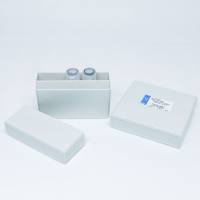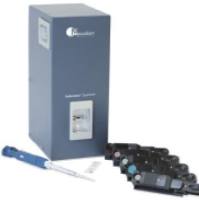There now exist multiple lines of evidence pointing to a significant genetic component underlying the aetiology of autism spectrum disorders (ASDs). The advent of methodologies for scanning the human genome at high resolution, coupled with the recognition of copy number variation (CNV) as a prevalent source of genomic variation, has led to new strategies in the identification of clinically relevant loci. Balanced genomic changes, such as translocations and inversions, also contribute to ASD, but current studies have shown that screening with microarrays has up to fivefold increase in diagnostic yield. Recent work by our group and others has shown unbalanced genomic alterations that are likely pathogenic in upwards of 10% of cases, highlighting an important role for CNVs in the genetic aetiology of ASD. A trend in our empirical data has shifted focus for discovery of candidate loci towards individually rare but highly penetrant CNVs instead of looking for common variants of low penetrance. This strategy has proven largely successful in identifying ASD-susceptibility candidate loci, including gains and losses at 16p11.2, SHANK2, NRXN1, and PTCHD1. Another emerging and intriguing trend is the identification of the same genes implicated by rare CNVs across neurodevelopmental disorders, including schizophrenia, attention deficit hyperactivity disorder, and intellectual disability. These observations indicate that similar pathways may be involved in phenotypically distinct outcomes. Although interrogation of the genome at high resolution has led to these novel discoveries, it has also made cataloguing, characterization, and clinical interpretation of the increasing amount of CNV data difficult. Herein, we describe the history of genomic structural variation in ASD and how CNV discovery has been used to pinpoint novel ASD-susceptibility loci. We also discuss the overlap of CNVs across neurodevelopmental disorders and comment on the current challenges of understanding the relationship between CNVs and associated phenotypes in a clinical context.






